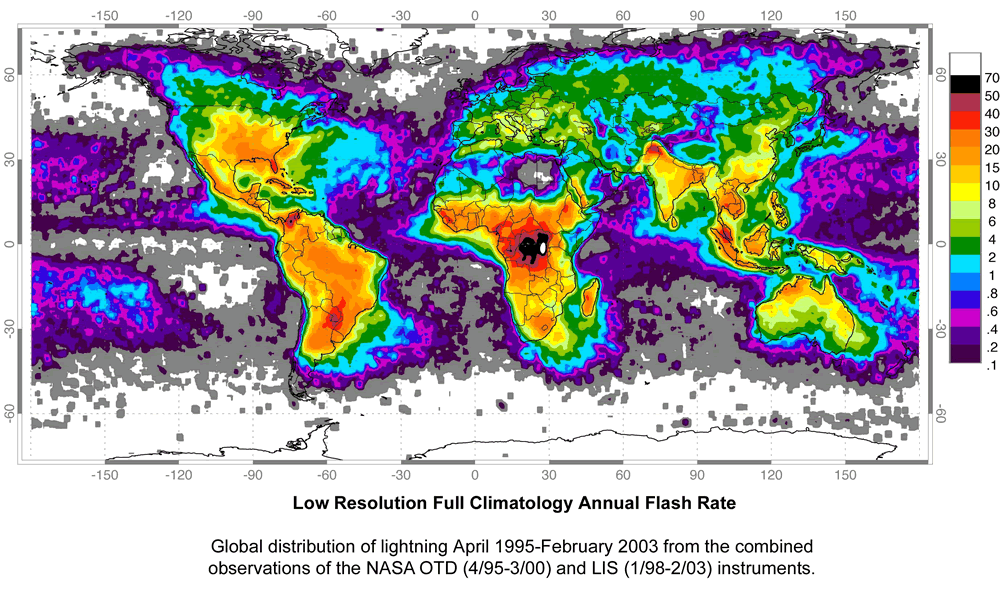The first ingredient in fire is fuel, and fuels accumulate in natural ecosystems at different rates, depending on NPP and decay rate:
 Example ecosystem litter production, decay rate ("k"), and resulting steady state.
Example ecosystem litter production, decay rate ("k"), and resulting steady state. Graph showing the effect of different litter production and decay rates yielding different fuel loadings.
Graph showing the effect of different litter production and decay rates yielding different fuel loadings.Fuels need oxygen to burn, and available oxygen is primarily determined by the structure of fuels. Litter can be classified by how long it takes to dry: a 100 h size class of litter takes 100 hours to dry (and so is much larger than a 1 h size class). These larger fuels have lower surface area to volume ratios and do not burn as hot as smaller fuels with more surface area. However, the overall structural arrangement ("fuel bed depth") of fuels may be most important in determining fire intensity:
 Note that there must also be a source of ignition.
Note that there must also be a source of ignition. Map from Geology.com. Scale bar is number of lightening flashes per square kilometer per year. Most areas of the globe have ample ignition sources.
Map from Geology.com. Scale bar is number of lightening flashes per square kilometer per year. Most areas of the globe have ample ignition sources. Fire return interval can be visualized in a semi-variogram:

There are places to hide from fast, wind-driven wild fires:

Unless otherwise cited, all data from Fire and Plants by William Bond and Brian van Wilgen, 1996.
No comments:
Post a Comment